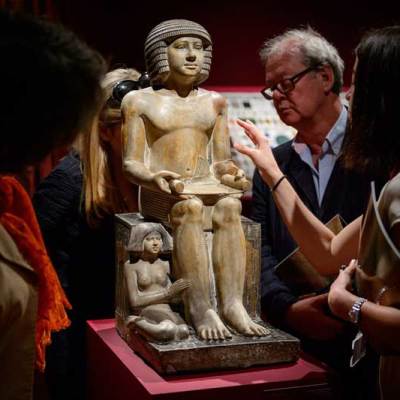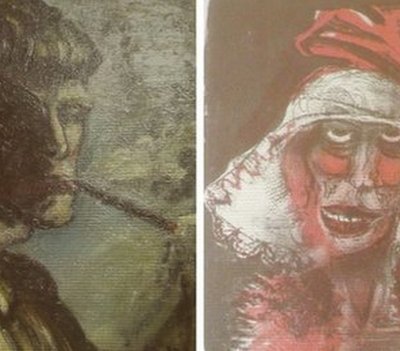German dealers, collectors and artists are in uproar about a new draft law in Germany. Intended to protect cultural goods, the Kulturgutschutzgesetz or Cultural Protection Act will place restrictions on the export and sale of artworks deemed to be ‘national treasures’. The intention behind the act, supported by the Minister of Culture, Monika Grütters, is to harmonise existing federal and state legislation, and to bring Germany’s laws into line with existing EU guidelines. According to the proposed act (which has been revised once already in response to public criticism), if a work of art is older than 70 years and worth more than €300,000, it will require a permit to be sold outside of Germany.
Prominent lawyer and collector Peter Raue told Deutschlandradio Kultur that the planned legislation would be a ‘catastrophe’ for art dealers, collectors and museum directors. Indeed, the artist Georg Baselitz has already withdrawn works he had loaned to the Dresden Albertinum, Kunstsammlung Chemnitz, and the Pinakothek in Munich. Other artists and collectors including Max Beckmann’s granddaughter and the painter Gerhard Richter – Germany’s most expensive living artist – have threatened to follow suit.
Collectors and artists are concerned that works that fall under the remit of the law would be banned from sale abroad, a move that would automatically consign them to the much smaller German market with a concomitant decrease in value. This incentivises collectors to remove works from museums and deaccession them abroad before the law enters into force. While German museums have no right of first refusal (unlike in Britain), they would nevertheless be able to acquire the works for a lower price than if they were to compete on international auction markets – a move welcomed by the Bundeskunsthalle director Rein Wolfs.
The government has hit back against its critics, saying that the only change to existing practice is the requirement that exports to EU countries also now require a permit, in addition to non-EU countries as under an earlier law. A committee of experts is to judge which artworks fall under the definition of ‘culturally significant’. Painter Gerhard Richter commented to the newspaper Dresdner Morgenpost that ‘no-one had a right to tell him what to do with his works’ and that ‘these people rarely know anything about art’.
The draft was revised in mid July, softening its requirements in terms of age of the work and value – previously, it applied to artworks older than 50 years and more than €150,000 in value. But the German art scene remains in a state of high alert. In addition to the required certification, onerous provenance documentation requirements are to be introduced, prompting 100 German art dealers to send an open letter to the government. Last week, collector Hasso Plattner, co-founder of the software company SAP, threatened to move his collection from Germany to the US, saying that the collection would halve in value if the law passes. His collection, which he had planned to donate to a new museum in Potsdam, includes works by Emil Nolde, Munch, Monet and Renoir. He told Deutsche Welle that he likes to deaccession works regularly in order to purchase new pieces, and that the law would make this more difficult and reduce the value of the work in question.
The cultural war raging in the German art scene is far from over.



